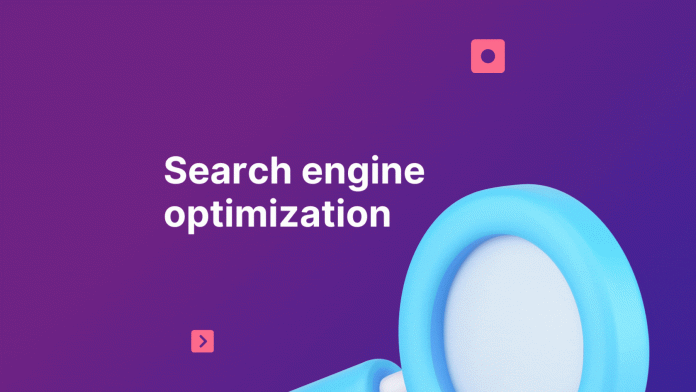As the world becomes increasingly digitized, businesses have realized the importance of having an online presence. However, just having a website is not enough to ensure that your business is visible to potential customers. This is where Search Engine Optimization (SEO) comes in, specifically, On Page Optimization. In this guest post, we will explore On Page Optimization from a unique perspective and delve into the key components that make up a successful On-Page Optimization strategy.
At its core, On Page Optimization refers to the various techniques that can be used to optimize a website for search engines. This involves tweaking the content, HTML, and other elements of a web page to make it more search engine-friendly. While there are many different techniques that fall under the umbrella of On Page Optimization, there are a few key components that are critical to the success of any On-Page Optimization strategy.
The first key component is keyword research. Keyword research involves identifying the keywords and phrases that potential customers are using to search for products or services that your business offers. By identifying these keywords and incorporating them into your website content, you can increase the likelihood that your website will appear in search results when someone searches for those keywords. There are many tools available for keyword research, including Google Keyword Planner and SEMrush.
Once you have identified the keywords that you want to target, the next step is to incorporate them into your website content. This involves optimizing your page titles, headings, and body content to include the keywords that you want to target. However, it is important to avoid “keyword stuffing,” which involves cramming as many keywords as possible onto a page in an effort to rank higher in search results. This technique is frowned upon by search engines and can actually harm your search rankings.
Another important component of On Page Optimization is optimizing your website’s structure and navigation. This involves ensuring that your website is easy to navigate and that all pages are accessible to search engines. This can be achieved by creating a sitemap, optimizing your URLs, and ensuring that your website’s navigation is clear and easy to use.
In addition to optimizing your website’s structure and content, it is also important to pay attention to the technical aspects of On Page Optimization. This includes optimizing your website’s load speed, ensuring that it is mobile-friendly, and ensuring that all of the technical elements of your website (such as meta tags and schema markup) are properly optimized.
Finally, it is important to remember that On Page Optimization is an ongoing process. Search engines are constantly updating their algorithms, which means that your On-Page Optimization strategy needs to be updated as well. This involves monitoring your website’s performance and making tweaks and adjustments as needed to ensure that it continues to perform well in search rankings.
In conclusion, On Page Optimization is a critical component of any successful SEO strategy. By focusing on keyword research, optimizing your website’s structure and content, paying attention to the technical aspects of optimization, and staying on top of the latest updates and trends, you can ensure that your website is visible to potential customers and that your business is positioned for success in the digital age.
